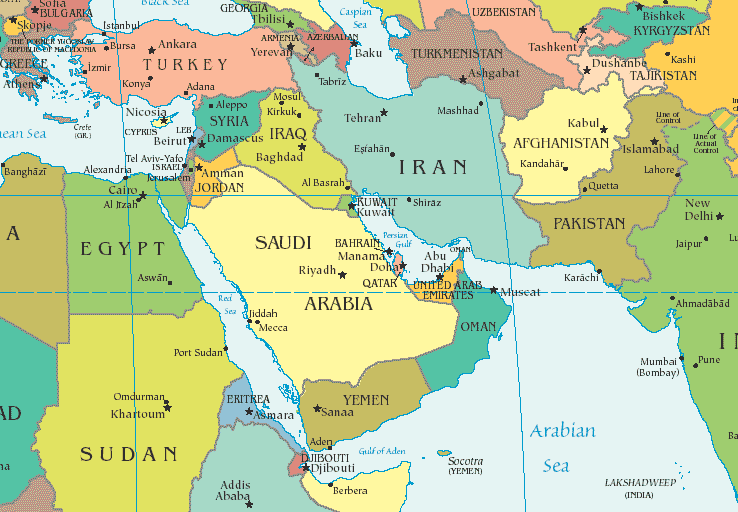In a statement Friday, Peter Hawkins, UNICEF’s representative in Iraq warned: “There is unfortunately a high risk that cholera will reach more areas of Iraq, affecting marginalized and displaced children, women and their families in particular, so we have to act fast.”

The warning comes after the country’s cholera tally has increased to 2325 cases across 15 of the country’s 18 provinces, according to a Voice of Iraq report (computer translated). About 20 percent of the victims have been children. In addition, six people have died.
The ministry said in a press statement that, “the number of cholera cases has increased to 2325,” indicating that “31 cholera cases were recorded in Baghdad, 32 in Babil governorate, in addition to 10 cases in Duhok governorate, and 1 case in Salah Al-din governorate.”
The cholera spread has been confirmed in neighboring countries Syria, Kuwait and Bahrain causing serious concern of the deadly gastrointestinal disease spreading throughout the region.
The outbreak has been linked to several factors to include low water levels in the Euphrates, torrential rains in late October and the subsequent flooding that has contaminated the river and shallow wells with sewage water and the displacement of millions of people due to Islamic State in Iraq and the Levant (ISIL).
UNICEF is working with government and religious officials in Iraq to disseminate information about cholera.
Cholera is an acute bacterial intestinal disease characterized by sudden onset, profuse watery stools (given the appearance as rice water stools because of flecks of mucus in water) due to a very potent enterotoxin. The enterotoxin leads to an extreme loss of fluid and electrolytes in the production of diarrhea. It has been noted that an untreated patient can lose his bodyweight in fluids in hours resulting in shock and death.
It is caused by the bacterium, Vibrio cholerae. Serogroups O1 and O139 are the types associated with the epidemiological characteristics of cholera (outbreaks).
The bacteria are acquired through ingestion of contaminated water or food through a number of mechanisms. Water is usually contaminated by the feces of infected individuals. Drinking water can be contaminated at the source, during transport or during storage at home. Food can get contaminated by soiled hands, during preparation or while eating.
Beverages and ice prepared with contaminated water and fruits and vegetables washed with this water are other examples. Some outbreaks are linked to raw or undercooked seafood.
The incubation for cholera can be from a few hours to 5 days. As long as the stools are positive, the person is infective. Some patients may become carriers of the organism which can last for months.
Treatment of cholera consists of replacement of fluids lost, intravenous replacement in severe cases. Doxycycline or tetracycline antibiotic therapy can shorten the course of severe disease.
There is an oral vaccine available in some countries but it is not available in the U.S. Cholera prevention is the same as in other causes of traveler’s diarrhea.
Cholera, according to the World Health Organization, still infects between 3 million and 5 million people each year, killing between 100,000 and 120,000.
Robert Herriman is a microbiologist and the Editor-in-Chief of Outbreak News Today and the Executive Editor of The Global Dispatch
Follow @bactiman63
Related:


2 thoughts on “Cholera outbreak in Iraq grows, risk of regional spread”